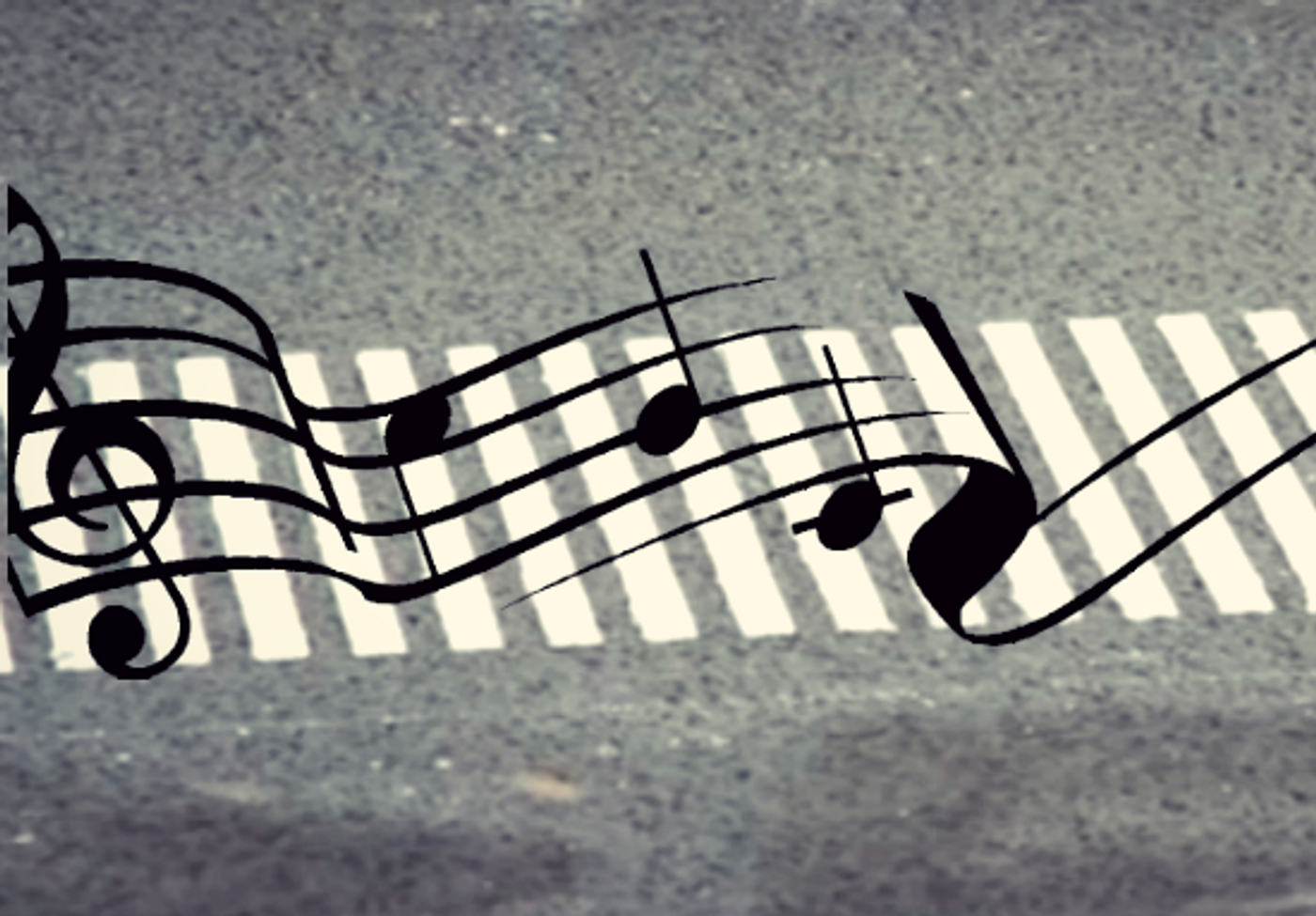Locals Beg for Removal of Singing Road
Most drivers are familiar with rumble strips – the grooves in the road’s surface along the edge or centerline that relay a vibrational message to drivers: you’re leaving the road. They were first used in New Jersey on the Garden State Parkway in the 50s and are now commonplace. A few countries around the world have remixed this concept to create an auditory musical experience within the rumble strips, AKA a singing road. An April 2018 endeavor of this nature in the small Dutch village of Jelsum turned out to be a failure when locals begged for its removal.
“It’s basically vinyl on the road. It’s like grooves on the record but with literally grooves on the road. It’s a very basic concept,” Sietske Poepjes, vice governor of Friesland Province, where Jelsum is located, told The New York Times while describing the recent project. As the car tires pass over the grooves, which are carefully spaced to create a desired melody at a predetermined speed, the tune emerges. The problem is, if the car’s speed alters or if the grooves aren’t perfectly arranged, the resulting song can be discordant and jarring. Also, as the residents of Jelsum discovered, if it plays day-in and day-out, any portion of any song will become maddening.
About 490 feet of the 124-mile road called the N357 were outfitted with the specialized strips. There were two main reasons for this, Poepjes explained: cultural and practical. On the pragmatic side, the road was due for maintenance and concerns already existed about drivers veering off onto the shoulder. The cultural side centered on the fact that Jelsum is in the provincial capital of Leeuwarden, which was proclaimed a 2018 European capital of culture. Residents speak the Frisian language, rather than Dutch. This made the integration of a portion of the 19th century regional anthem, “De Alde Friezen,” or “The Old Frisians,” seem a good choice at the time. The installation cost about 80,000 euros.
“Let’s make a cultural event of it,” Poepjes said. But later, she would add, “it just wasn’t a good idea in the end.”
Locals complained that some people were driving on the shoulder on purpose, just to play the song, at all times of day and night. If they reduced their speed to below about 38 MPH, the acoustic effect was that of a slowed down record. One neighbor even described the continuous din as “torture.” The project was removed within a week of application. According to Poepjes, they might revisit such an idea in the future but only with more thorough input from locals.
There are also singing roads in the U.S., Japan, South Korea and Denmark. Denmark’s “Asphaltophone” was the first, conceived of by two artists in 1995, who created music with pavement markers similar to Bott’s dots – the raised bumps sometimes used to delineate lanes.
You can draw your own conclusions about whether you’d like to live next to a singing road by listening to the now-defunct Dutch singing road yourself, in the Daily Mail video below.
Source:









